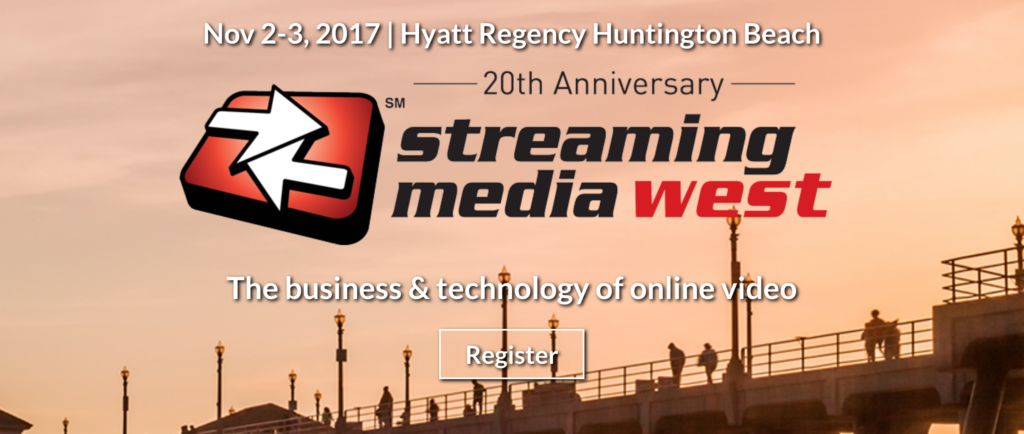Hear About The Evolution Of Encoding Options In The Market at #smwest conference
 There’s a growing number of vendor options when it comes to encoding video, but each one is different in terms of feature sets, distribution functions, audience reach, monetization opportunities, interactivity and many other factors. At the Streaming Media West show, taking place next week on Nov. 2/3, one session will compare the panelists offerings, discuss the technical features they are bringing to market, and where they see demand for new capabilities from their customers. This panel will help you understand which platforms and approaches are best suited for specific video content and consumer use-cases as well as overall business goals. It will also discuss how the market for encoding services is evolving and what we should we expect to see in the next 6 to 12 months. Confirmed speakers include:
There’s a growing number of vendor options when it comes to encoding video, but each one is different in terms of feature sets, distribution functions, audience reach, monetization opportunities, interactivity and many other factors. At the Streaming Media West show, taking place next week on Nov. 2/3, one session will compare the panelists offerings, discuss the technical features they are bringing to market, and where they see demand for new capabilities from their customers. This panel will help you understand which platforms and approaches are best suited for specific video content and consumer use-cases as well as overall business goals. It will also discuss how the market for encoding services is evolving and what we should we expect to see in the next 6 to 12 months. Confirmed speakers include:
- Moderator: Dom Robison, Contributing Editor, StreamingMedia.com
- Panelist: Dan Germain, Sr. Product Manager, AWS Elemental
- Panelist: James Jackson, Director, Technical Product Marketing, Wowza
- Panelist: Dror Gill, CTO, Beamr
- Panelist: Mahmoud Al-Daccak, EVP, Product Development & CTO, Haivision
You can sign up online for a discounted conference pass by using the code DR100 and I even have a few free passes to give away. Re-tweet out “I want a pass for the Streaming Media West conference in CA on Nov. 2/3 – #smwest ” and I’ll pick some free winners every day!




